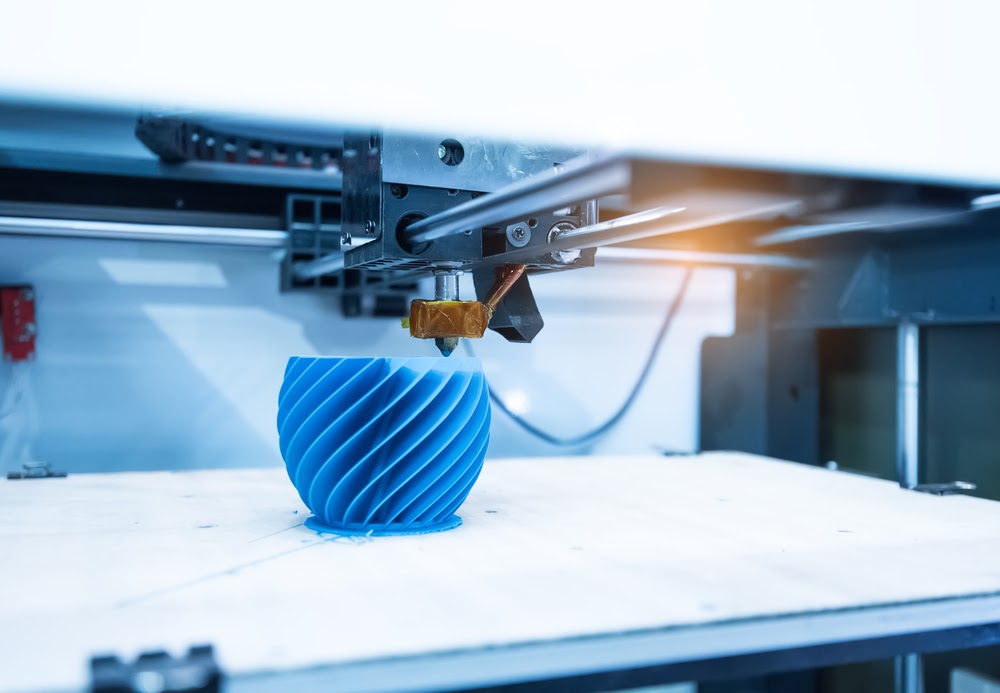Printer technology has come on leaps and bounds over the last number of decades. While laserjet printers were the hot product in the early 1970s, nowadays, we have wireless printers (such as the range of Epson wireless printers), printers with voice control and printers that can create 3D objects. The evolution of printers since the seventies has been significant, with some major changes being implemented in print technology.
While most of us take printing for granted nowadays, there was a time when it was a much more time-consuming task than pressing a button. From woodblock printing to the Gutenberg Press to the invention of inkjet printers in the fifties, printing has gone through many transformations since printing first began, reportedly way back in 3,000 BCE. However, as with most technology the advancement of printing technology has been greatly accelerated since the 1970’s.
Continue reading to learn how printer technology has evolved since the 1970s and what the future holds for printer technology.
Birth Of The Inkjet Printer
Although laser printers were first created in 1969, it wasn’t until the later 1970s that inkjet printers started to become available These printers were capable of reproducing digital images that computers generated, making them a crucial element in any office setup, and, home computing setups when they became smaller and more affordable during the 1980s. Inkjet printers recreate a digital image by propelling drops of ink onto the paper and remain one of the most popular types of printers with individuals and businesses alike.
The Digital Press
In 1993, digital printing was invented allowing digital images to be reproduced on physical surfaces such as paper, film, plastic, cloth, labels, vinyl and a range of other materials. Digital printing is commonly used for desktop publishing, commercial printing, print-on-demand services, photography prints, advertising banners and variable data printing. Although it has a higher cost per page than other more traditional offset printing methods, this is typically balanced, as you do not need to create new printing plates for each job as with the traditional methods.
3D Printing
Although 3D printing has been around since the 1980s, it’s only since 2019 that precision, repeatability and materials have really become established. 3D printing allows users to construct a 3D object from a CAD or digital 3D model. Materials are added layer by layer by the printer, deposited, joined and solidified under the control of a computer, which creates a three-dimensional object. 3D printing has become very popular in the last number of years, especially in R&D, prototyping, medical applications, fashion, jewellery moulds, weapons, computers and a range of other applications.
Modern Tech Upgrades
Printers have recently become loaded with more tech than ever before, making them more convenient and easier to use. Wireless technology allows you to print from anywhere and voice control using services such as Alexa Print will allow you to start print jobs by simply speaking to your device. These technologies are likely to be further integrated into all devices moving forward and will likely become standard on printers down the line.
What Does The Future Of Printing Hold?
Moving forward, printing will continue to play an important role in the lives of individuals and businesses. Printing has come a long way already and we can expect more advancement and updates as time goes on. Consumers can expect printing to become more environmentally friendly, for 3D printing to become even more advanced and for printers to come with even more tech to make our printing experience faster, easier and less time-consuming than ever before.
